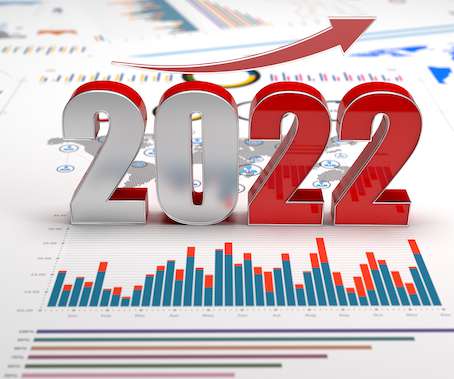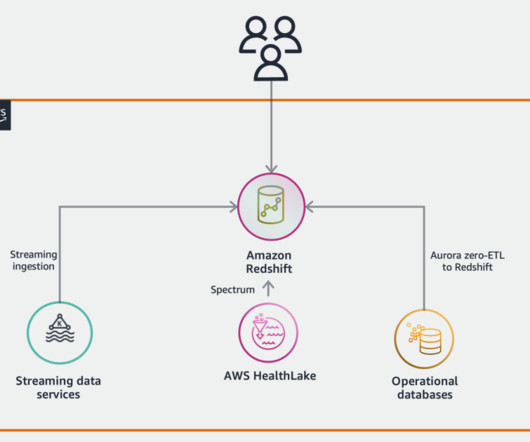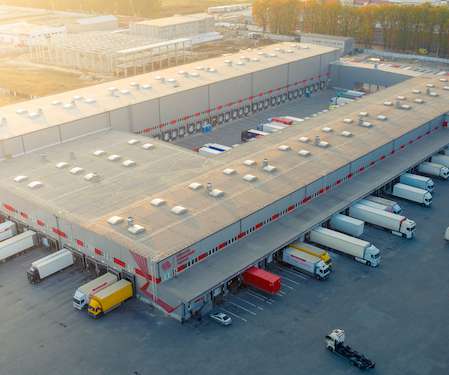Eight Top DataOps Trends for 2022
DataKitchen
NOVEMBER 29, 2021
DataOps adoption continues to expand as a perfect storm of social, economic, and technological factors drive enterprises to invest in process-driven innovation. As a result, enterprises will examine their end-to-end data operations and analytics creation workflows. Data Gets Meshier. Rise of the DataOps Engineer.























Let's personalize your content